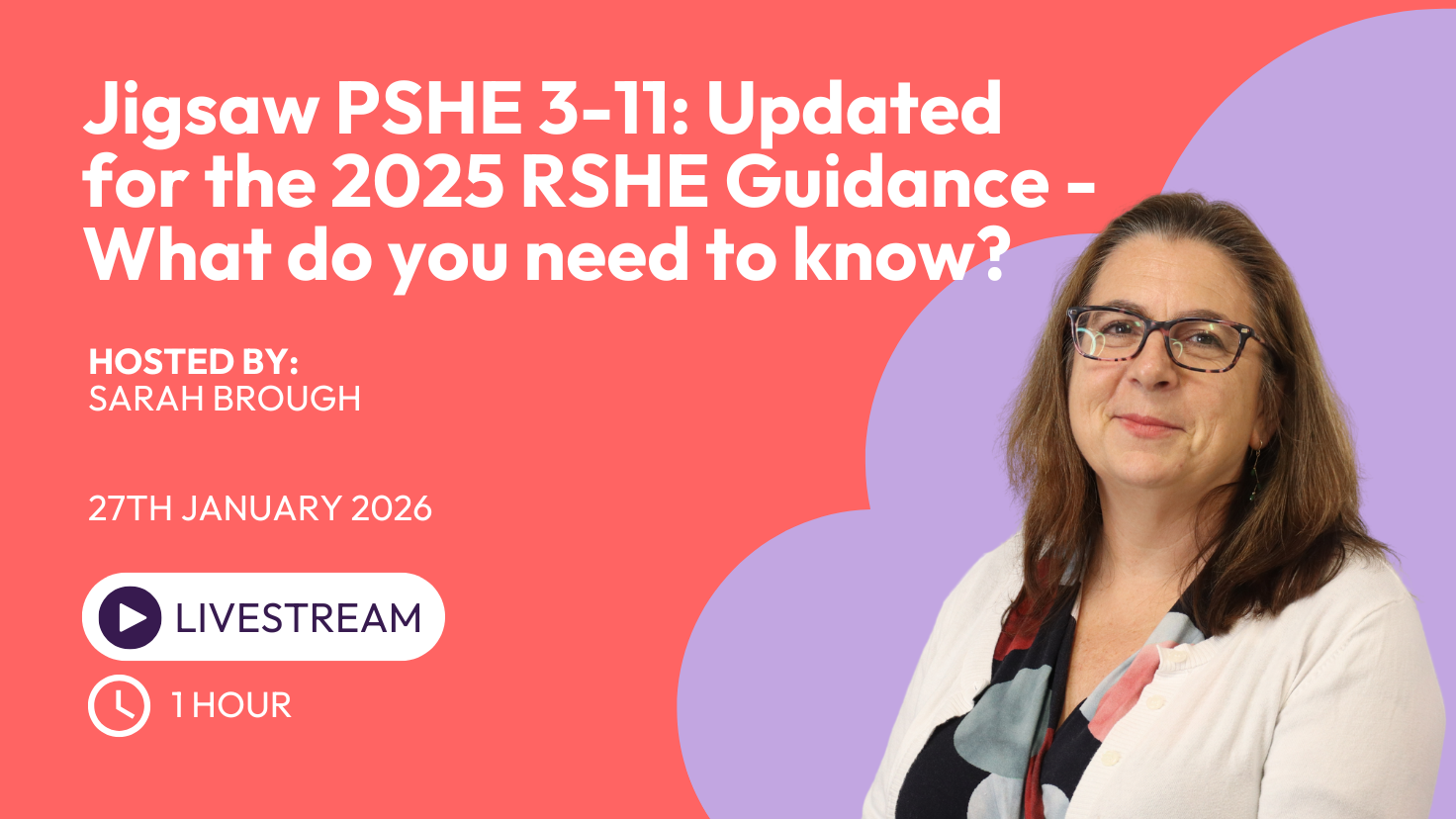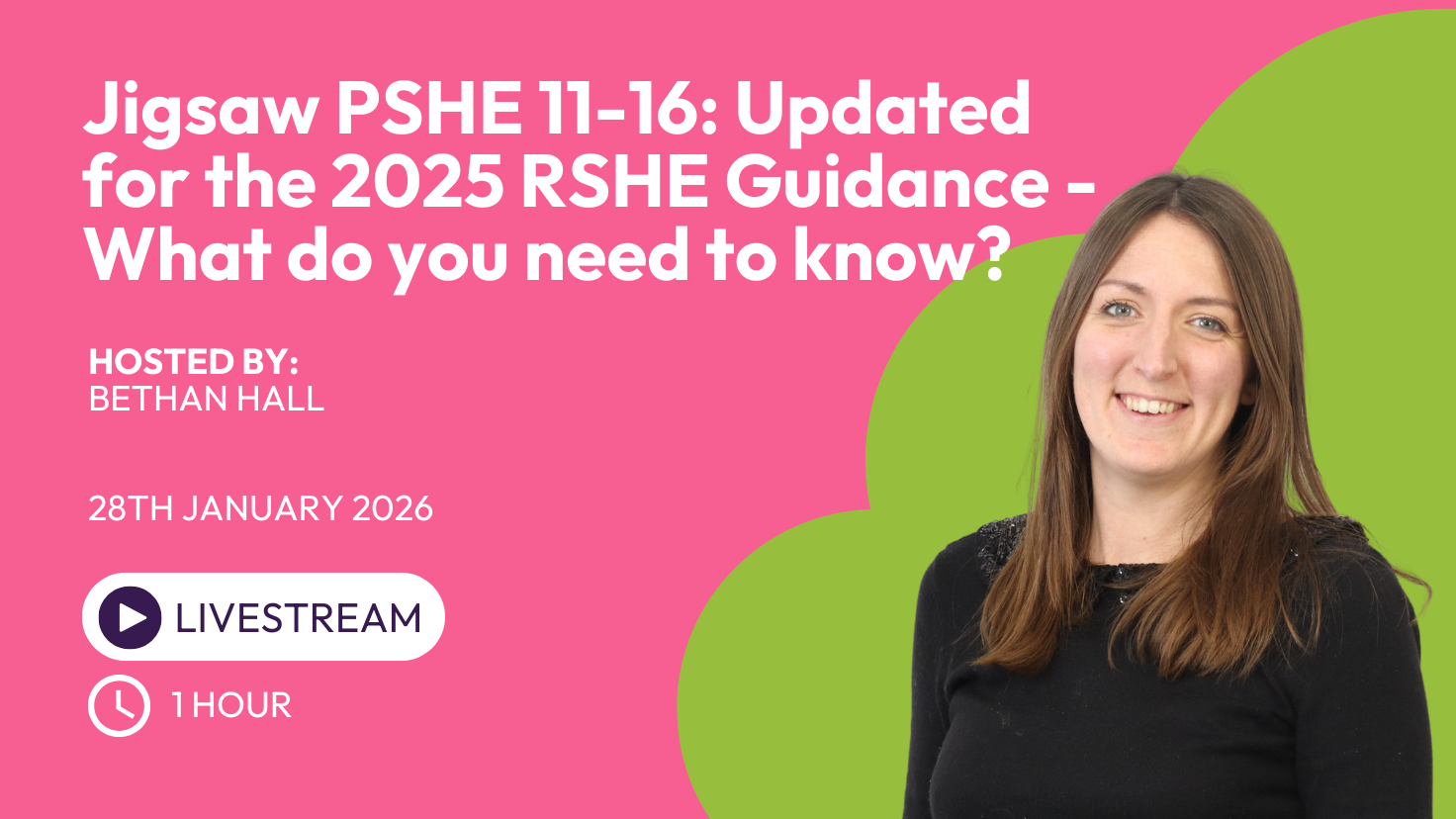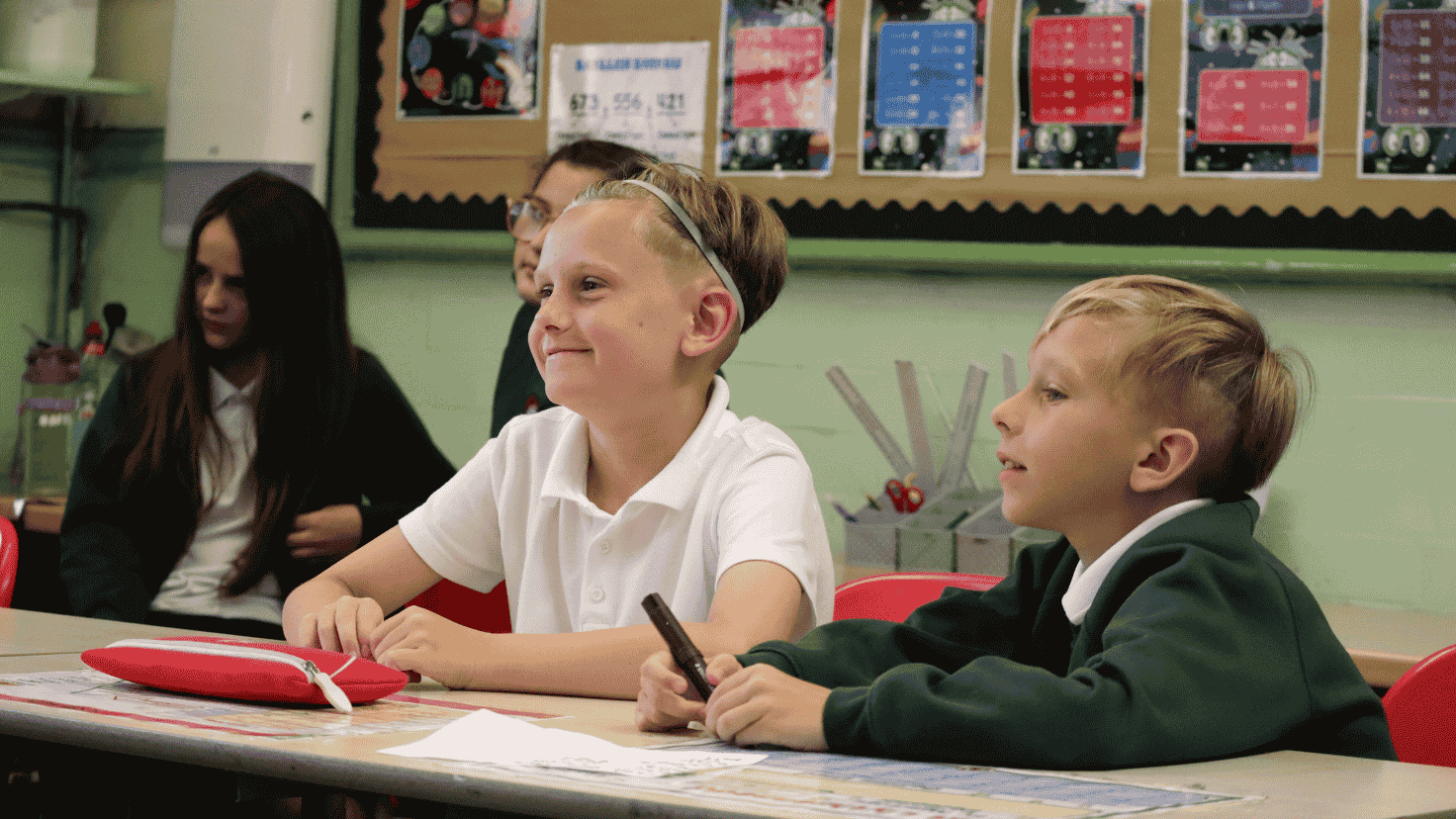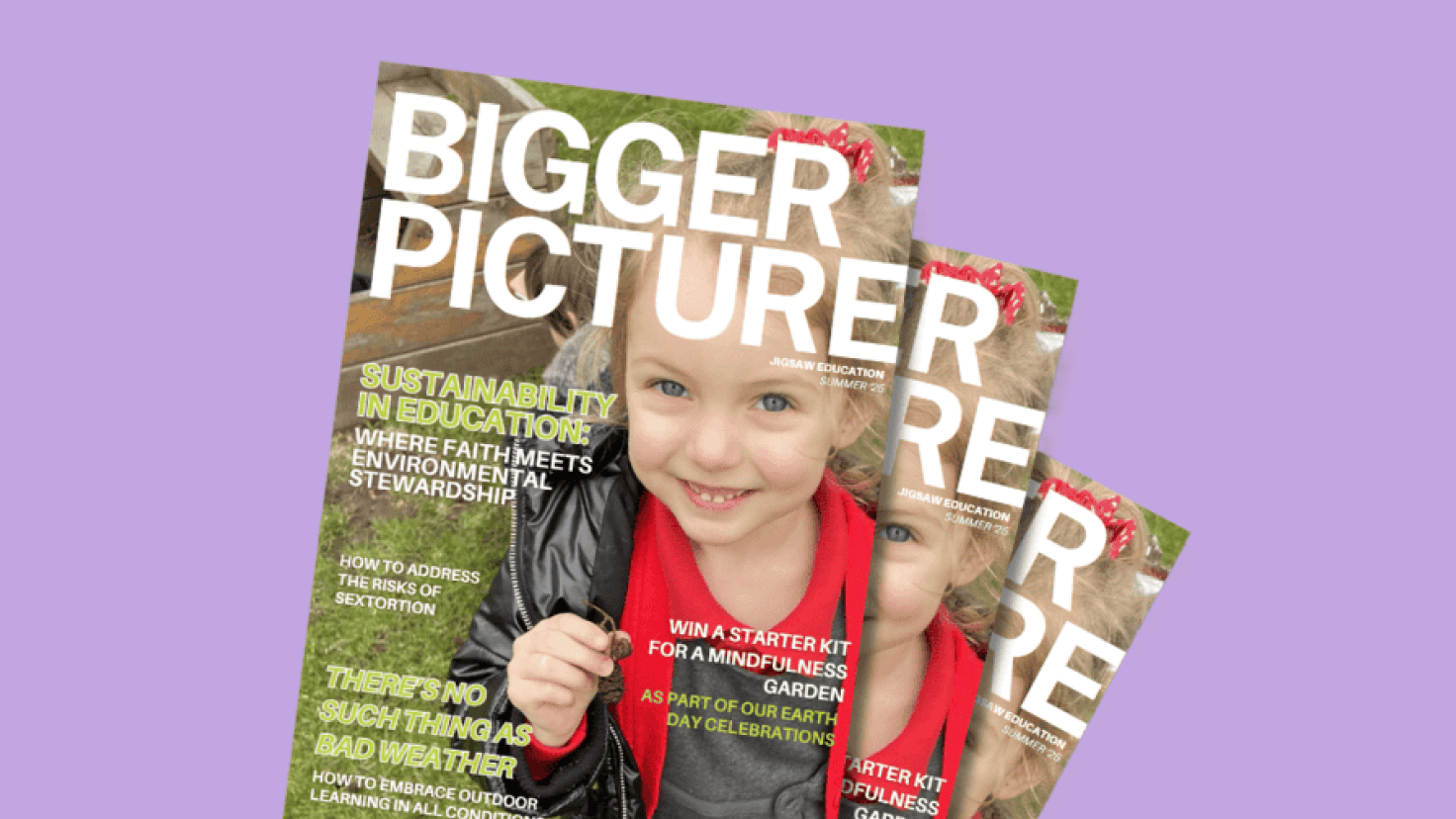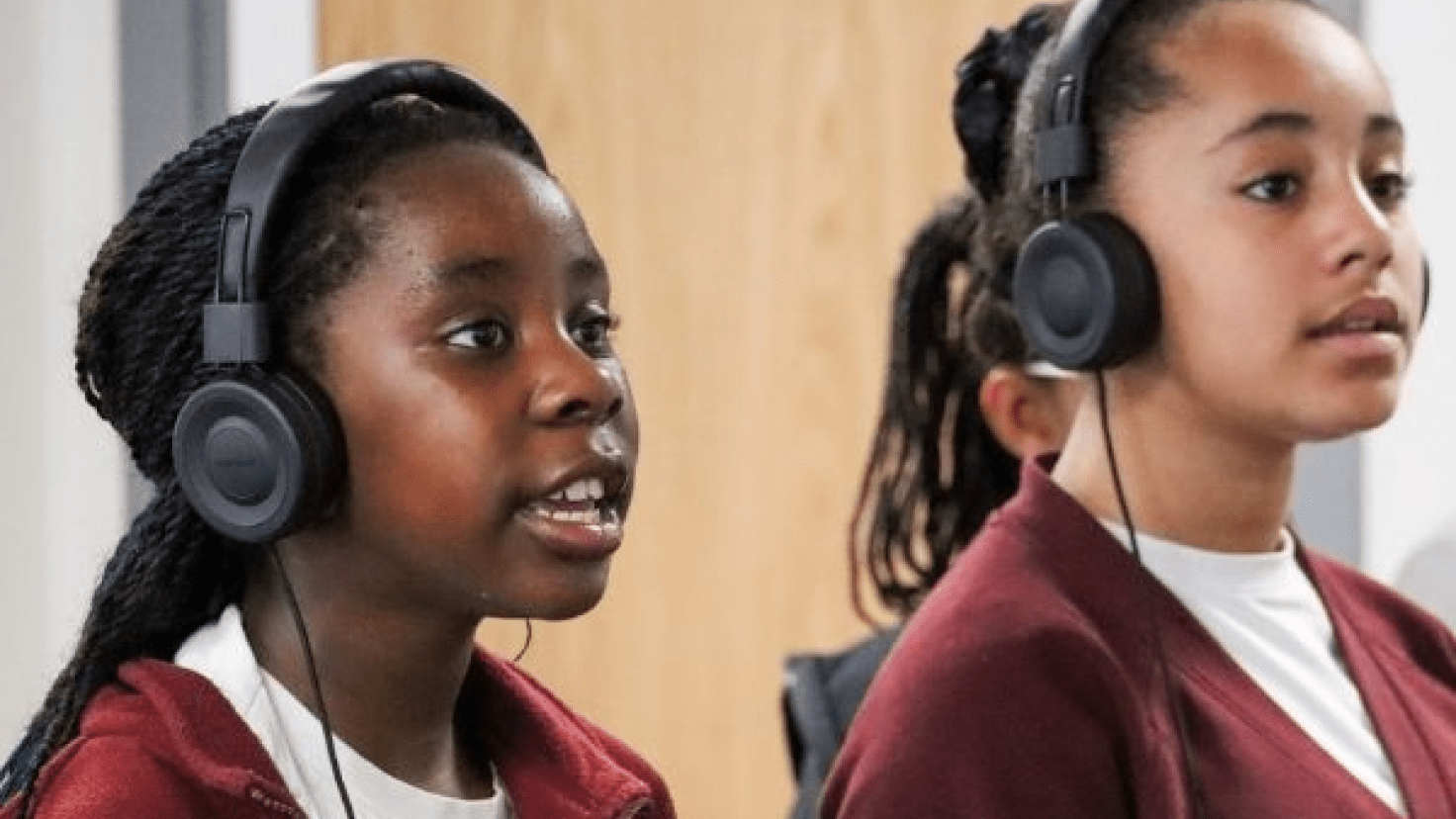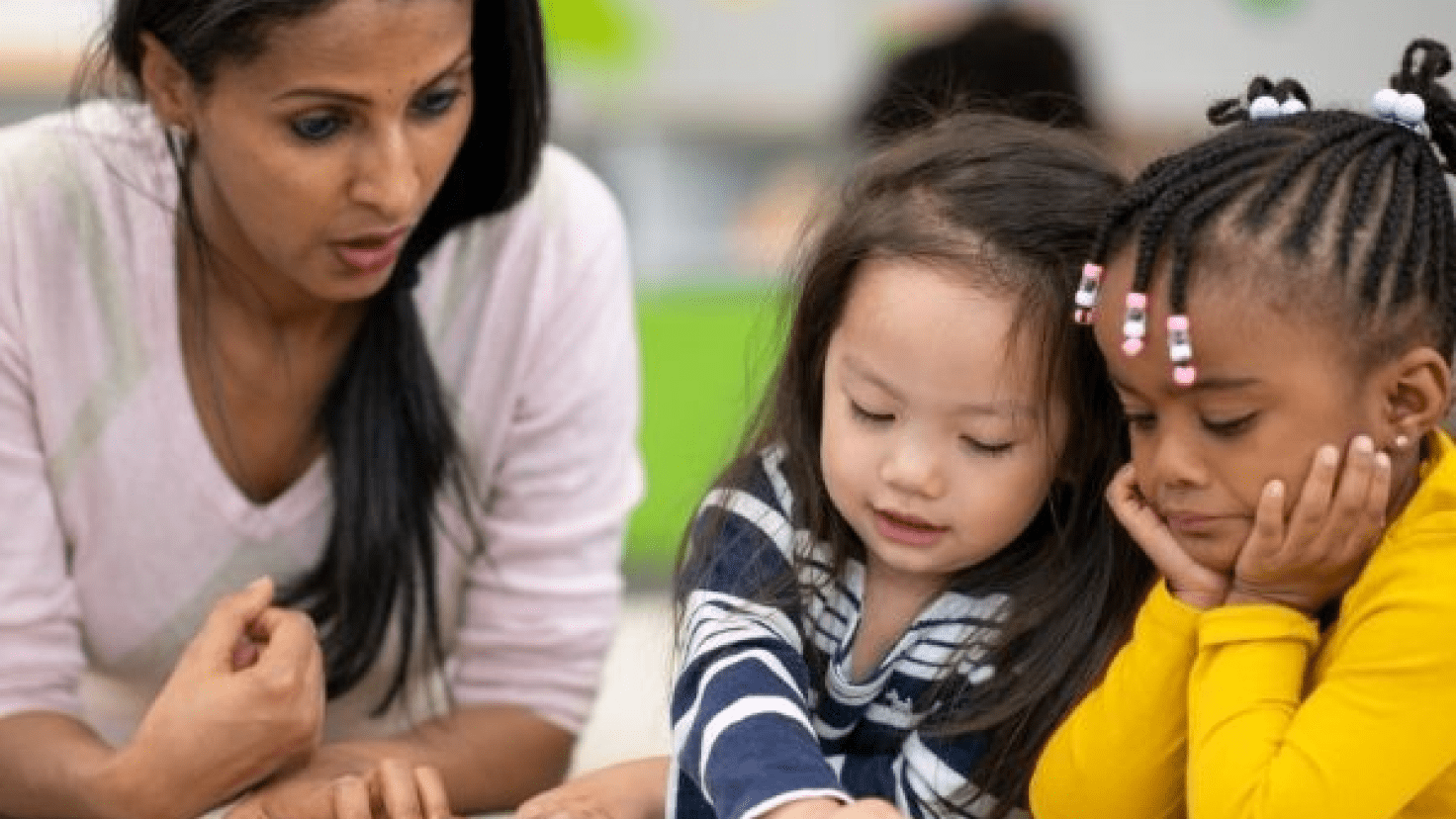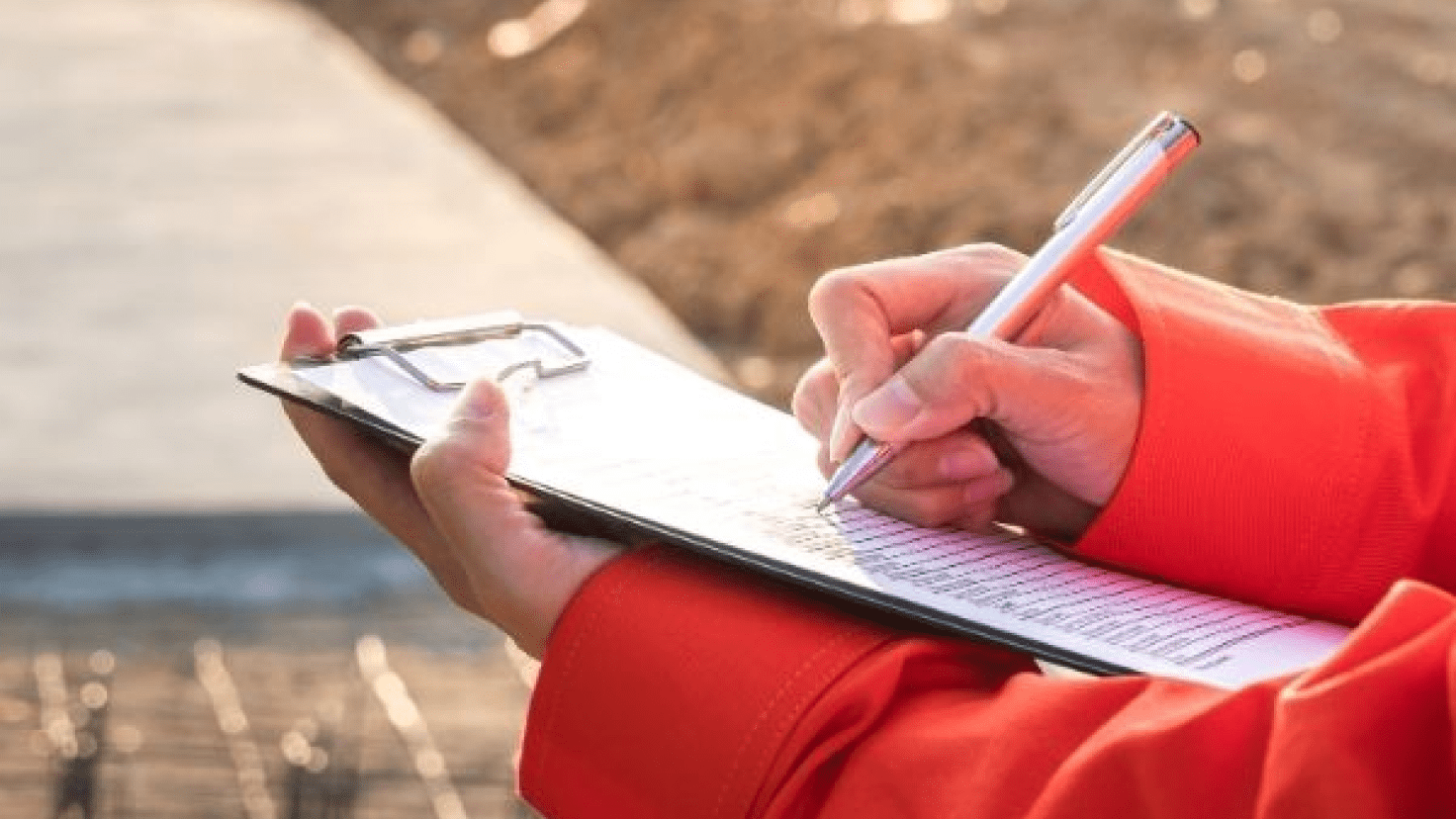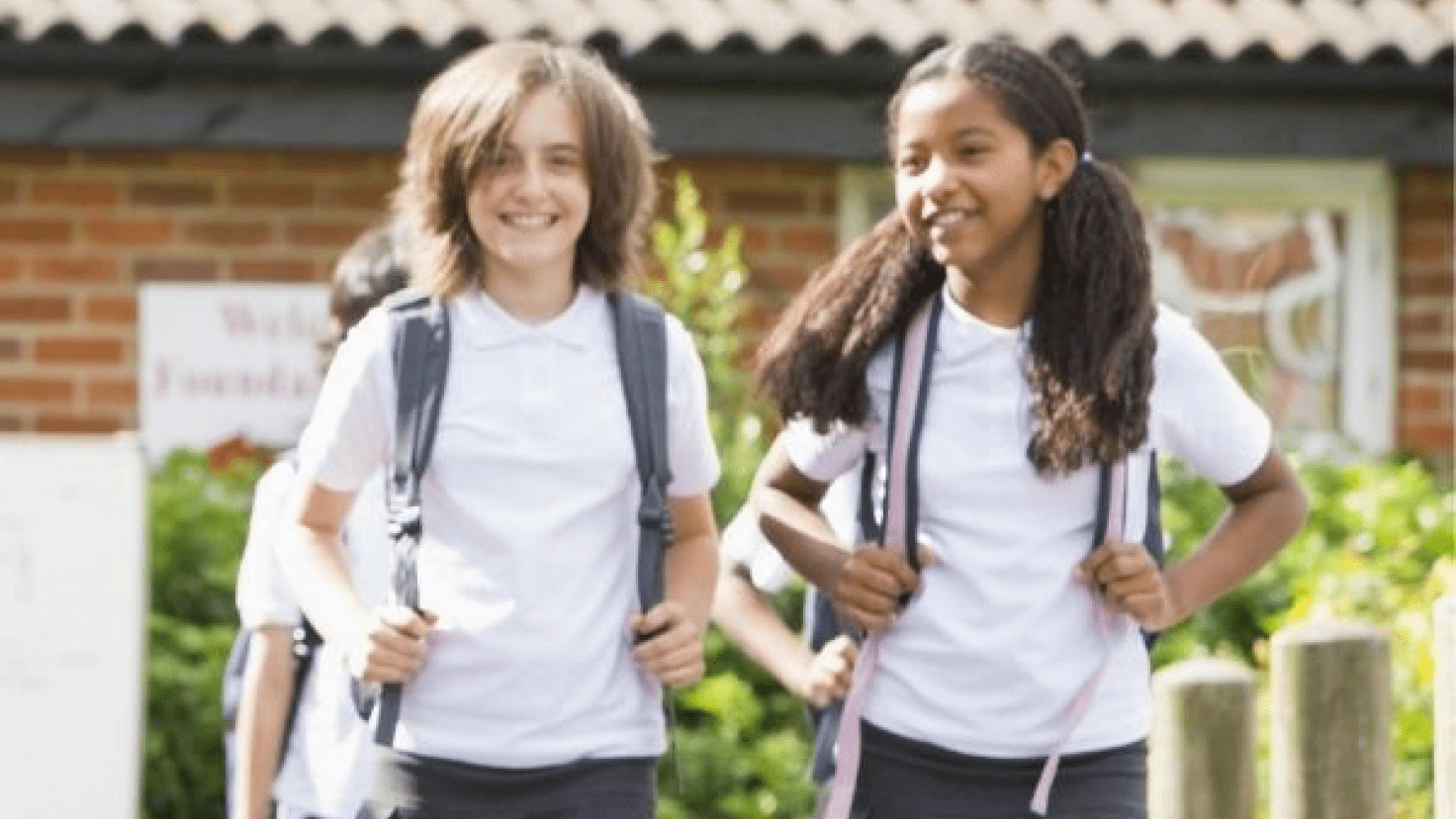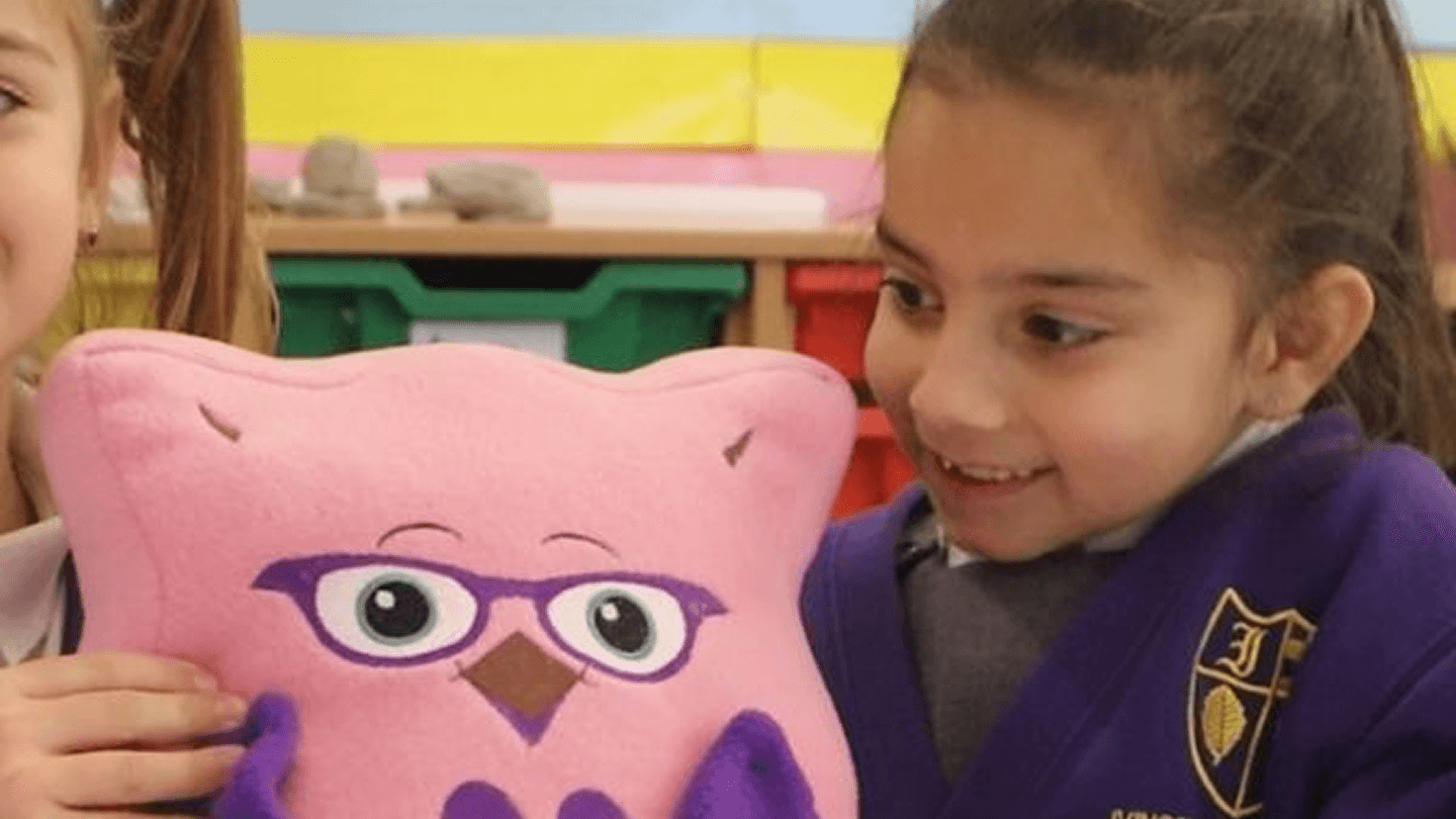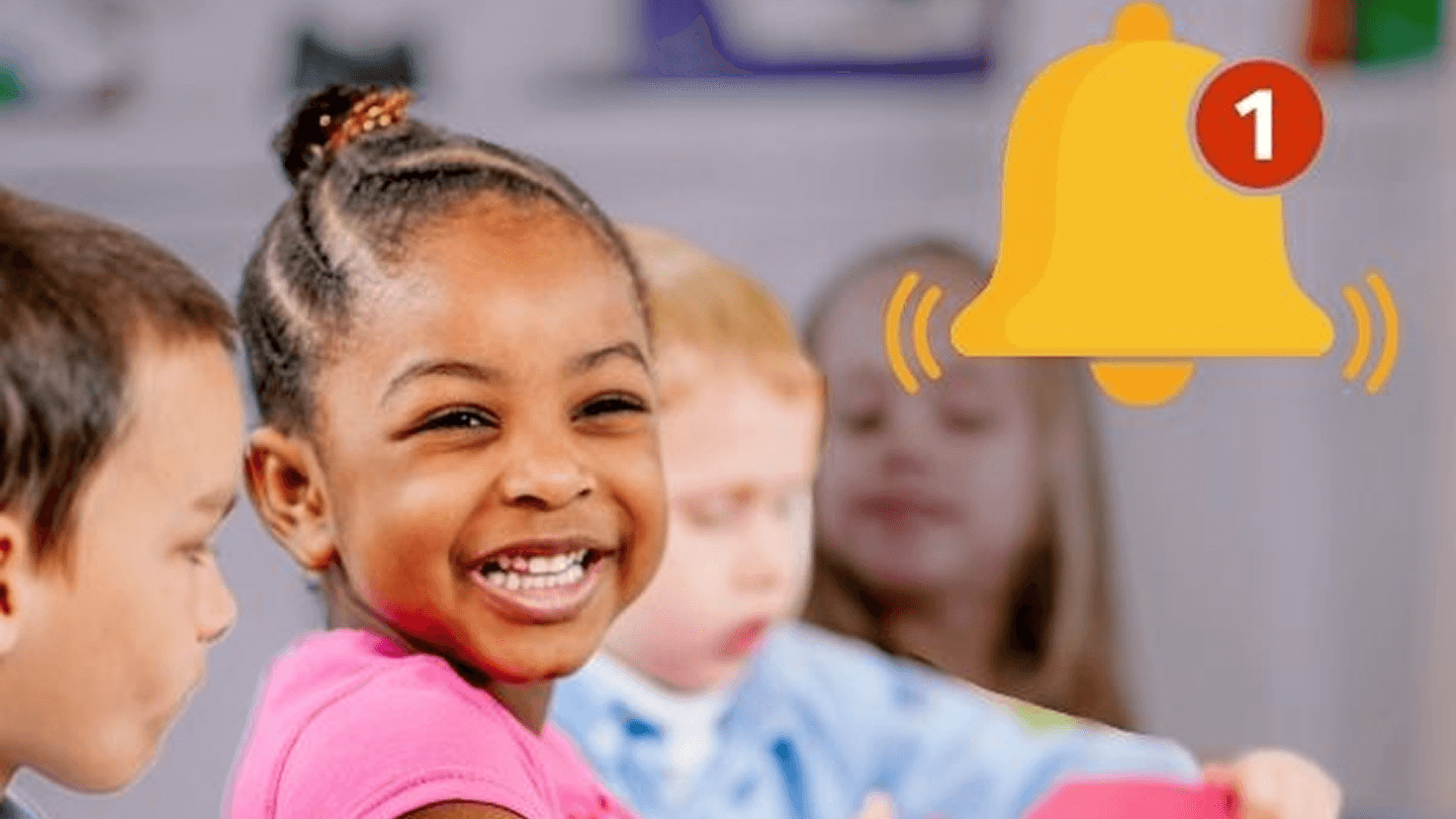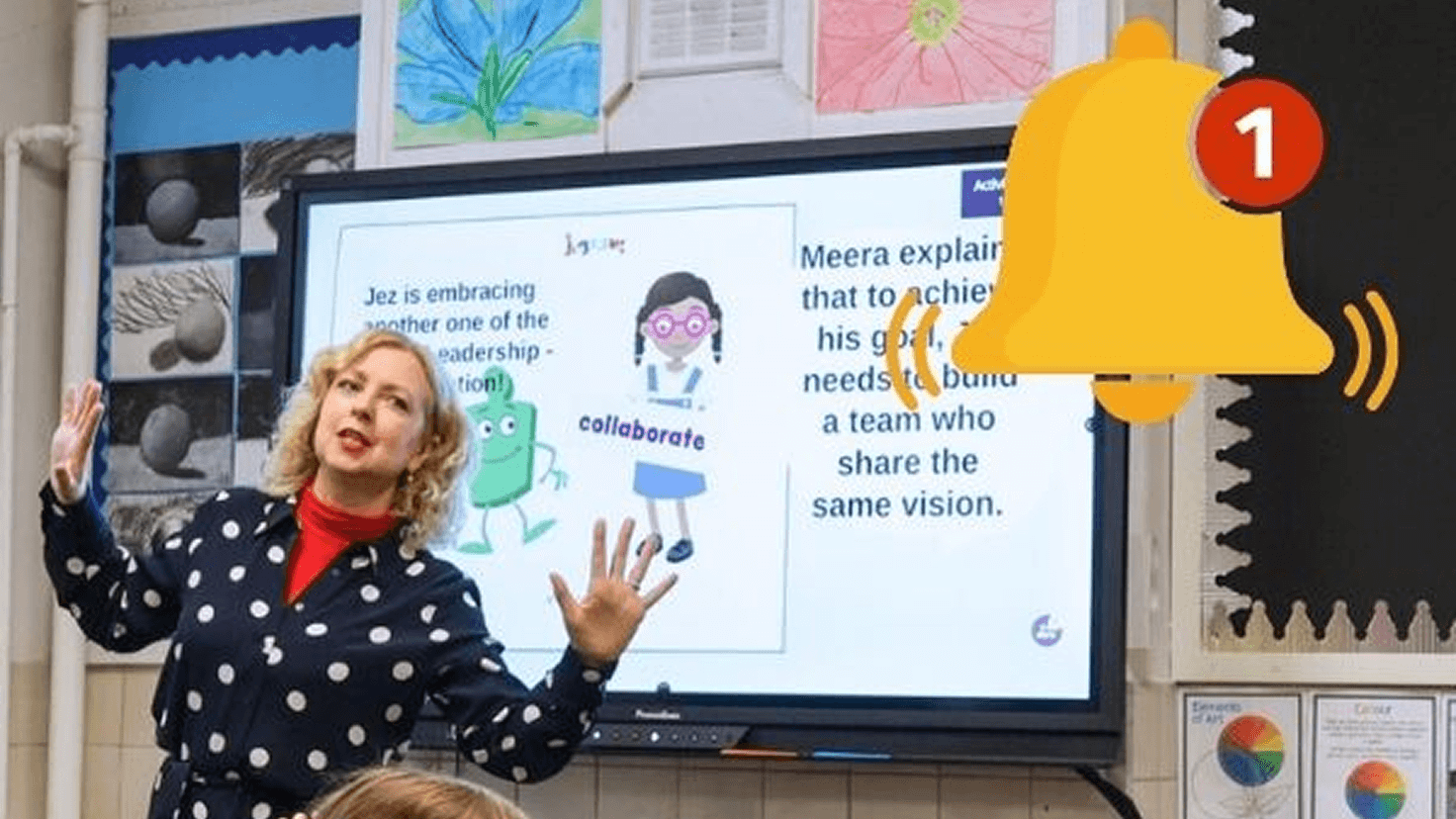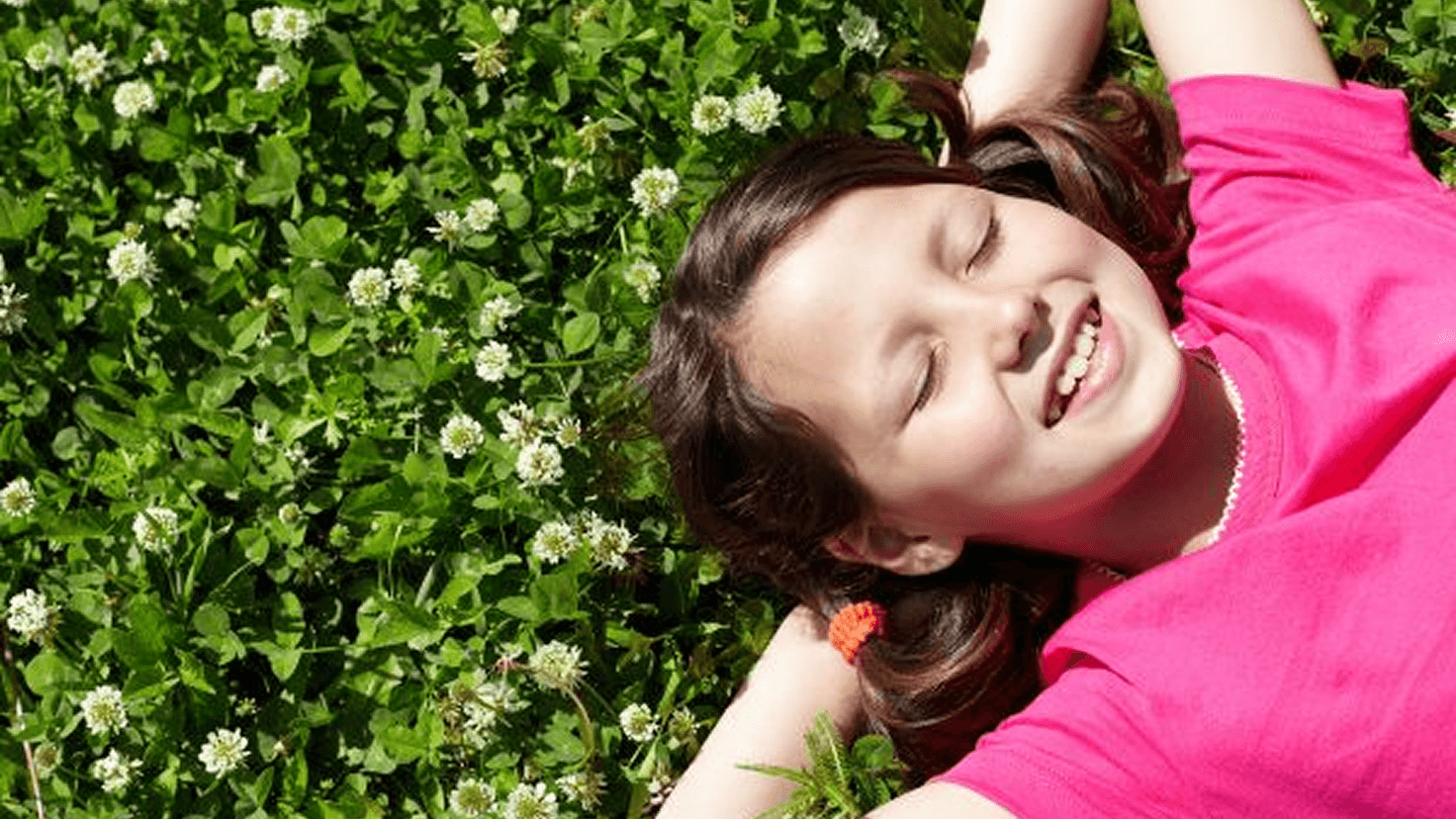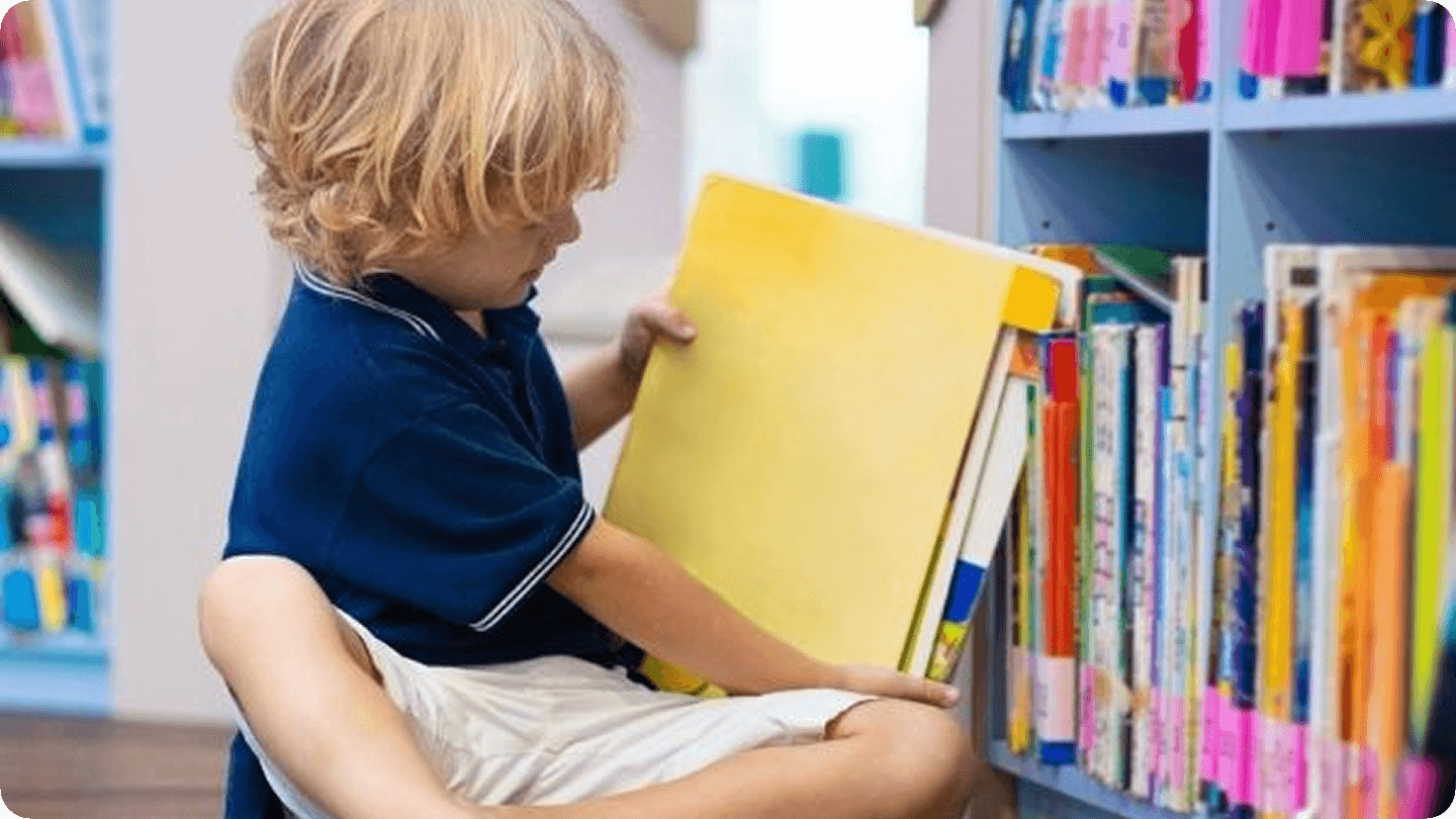Articles & Updates
26 February 2024
Why Should Outdoor Learning Be Prioritised?
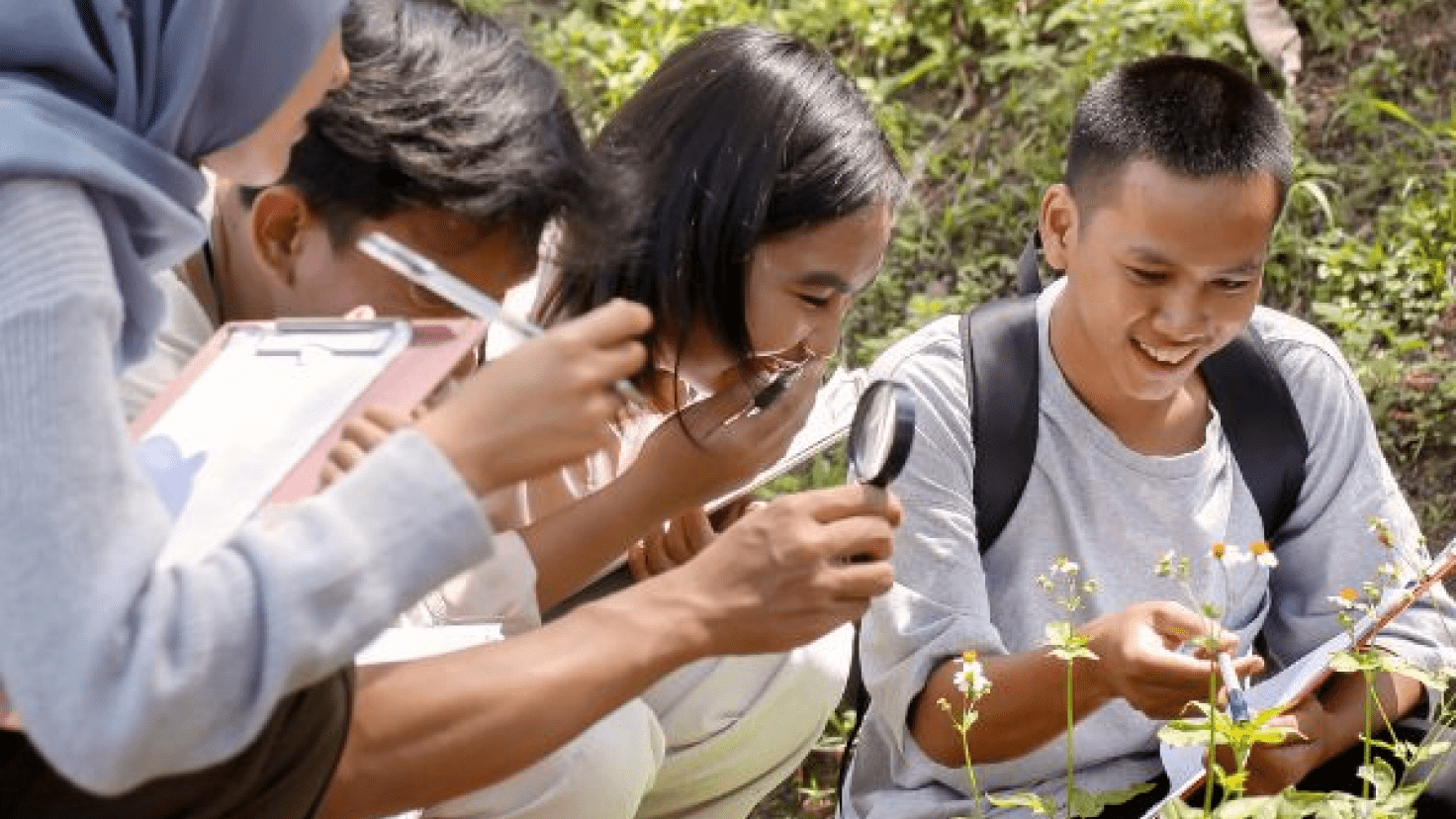
Outdoor learning offers a unique and powerful approach to education, taking any aspect of the curriculum beyond the confines of the classroom and into the natural world. It’s not a standalone subject but a dynamic teaching method, perfectly encapsulated by Margaret McMillan’s observation:
“The best classroom and the richest cupboard is roofed only by the sky.” (McMillan, ‘Pioneers in Early Childhood Education’)
Despite its well-documented benefits, outdoor learning is often underutilised in schools. Studies show that while more than 80% of teachers in the UK want to teach outdoors, 45% cite curriculum pressures as a major barrier (Outdoor Classroom Day, 2018). However, this is a misconception – outdoor learning is not a distraction; it is a valuable tool for achieving curriculum goals while also supporting children’s social, emotional, mental and physical health.
The Benefits of Outdoor Learning
1. Supporting Mental and Physical Wellbeing
The impact of nature on mental health is well-established. The Mental Health Foundation (2024) highlights how:
“Nature is an important need for many and vital in keeping us emotionally, psychologically and physically healthy.”
Physical activity is also essential for children’s wellbeing. The World Health Organisation (WHO) states that regular movement significantly benefits both physical and mental health, reinforcing the NHS guidelines that recommend daily movement for children and young people (NHS, 2024). Research from the National Trust Scotland (2024) found that 89% of people feel their quality of life improves when spending time outdoors. In a school setting, this translates to:
- Improved mood regulation
- Increased energy levels
- Greater resilience to stress
Behavioural improvements are also notable – 85% of teachers report positive changes in student behaviour when lessons are taken outside (England’s Largest Outdoor Learning Project, 2018).
2. Enhancing Engagement and Learning
Children are naturally more engaged when learning outdoors. Studies show that 92% of teachers observe higher levels of pupil engagement when taking lessons outside (England’s Largest Outdoor Learning Project, 2018).
This is because outdoor learning:
- Encourages curiosity – Real-world experiences make learning meaningful.
- Promotes active participation – Lessons are hands-on and interactive.
- Improves teamwork and communication – Open spaces foster collaboration.
Language development also benefits from outdoor learning. According to the National Literacy Trust, children communicate more effectively in open environments, leading to stronger language skills and greater confidence (Literacy Trust, 2024).
3. Biological Benefits of Outdoor Learning
The benefits of outdoor learning aren’t just psychological, they are also biological. Natural light exposure stimulates Vitamin D production, which:
- Boosts serotonin levels, improving mood and energy (NHS, 2024).
- Supports emotional wellbeing, aiding self-regulation (Grow Wild, Kew Gardens).
The “Window of Tolerance” concept explains how these biological effects influence learning. When children are within this window, they can:
- Regulate emotions effectively
- Think clearly and process information
- Engage fully in learning and play
Conversely, moving outside this window can lead to overstimulation or disengagement (Government of Jersey, 2016). Spending time in nature helps balance these states, ensuring that all children, regardless of background or learning needs, can participate meaningfully in education.
Embedding Outdoor Learning into the Curriculum
Outdoor learning isn’t about perfection, it doesn’t require expansive woodlands or pristine landscapes. Simply stepping outside the classroom transforms learning into a dynamic and inclusive experience for all. From collaborating to designing a structure, reading stories under a tree, to engaging in hands-on exploration of concepts, the possibilities are endless. Beyond enriching curriculum content, outdoor learning nurtures mental health and wellbeing, making it an invaluable approach to education.
Practical Tips for Teachers
- Clothing – comfortable children are better able to learn. Communicate with families to ensure appropriate clothing is brought to school, such as waterproof coats and welly boots for wet weather or sunhats for warmer days.
- Equipment – Vary your classroom resources by using clipboards, chalk, whiteboards, and pens instead of paper, which is less durable for outdoor learning.
- Mini Kit – Consider taking out a small bag with essentials like tissues, hand wipes, and sanitiser, especially if you’re the only adult supervising the class.
- Camera – Use photos to capture evidence of learning, providing an alternative to written recordings for every child.
- Link to Curriculum Goals – Try to view the outdoors as an engaging learning environment and explore how lessons can be taught outside to support curriculum objectives.
The natural environment provides a powerful way for children to develop skills of self-reflection and teamwork. The outdoors seamlessly integrates PSHE skills into all of its experiences, even when they may not be the lesson’s primary focus. For instance, it provides opportunities to manage and take risks, work with others or independently, problem solve or overcome challenges. The Jigsaw Outdoors programme specifically teaches PSHE knowledge and skills through unique outdoor experiences which invite children to explore and experiment with nature.
References
McMillan, M. Pioneers in Early Childhood Education.
Outdoor Classroom Day (2018). Not Enough Children Learning and Playing Outside. Retrieved from: https://outdoorclassroomday.org.uk
Mental Health Foundation (2024). How Connecting with Nature Benefits Mental Health. Retrieved from: https://www.mentalhealth.org.uk
National Trust Scotland (2024). Time Spent Outdoors Improves Mental Health and Well-being. Retrieved from: https://www.nts.org.uk
England’s Largest Outdoor Learning Project (2018). Children More Motivated to Learn When Outside. Retrieved from: https://www.gov.uk
World Health Organisation (2024). Physical Activity Guidelines. Retrieved from: https://www.who.int
NHS (2024). Physical Activity Guidelines for Children and Young People. Retrieved from: https://www.nhs.uk
NHS (2024). The Benefits of Vitamin D. Retrieved from: https://www.nhs.uk
Grow Wild, Kew Gardens (2024). The Science Behind Nature and Mental Health. Retrieved from: https://growwild.kew.org
Government of Jersey (2016). The Window of Tolerance. Retrieved from: https://www.gov.je
National Literacy Trust (2024). The Benefits of Outdoor Learning in Early Years. Retrieved from: https://literacytrust.org.uk







